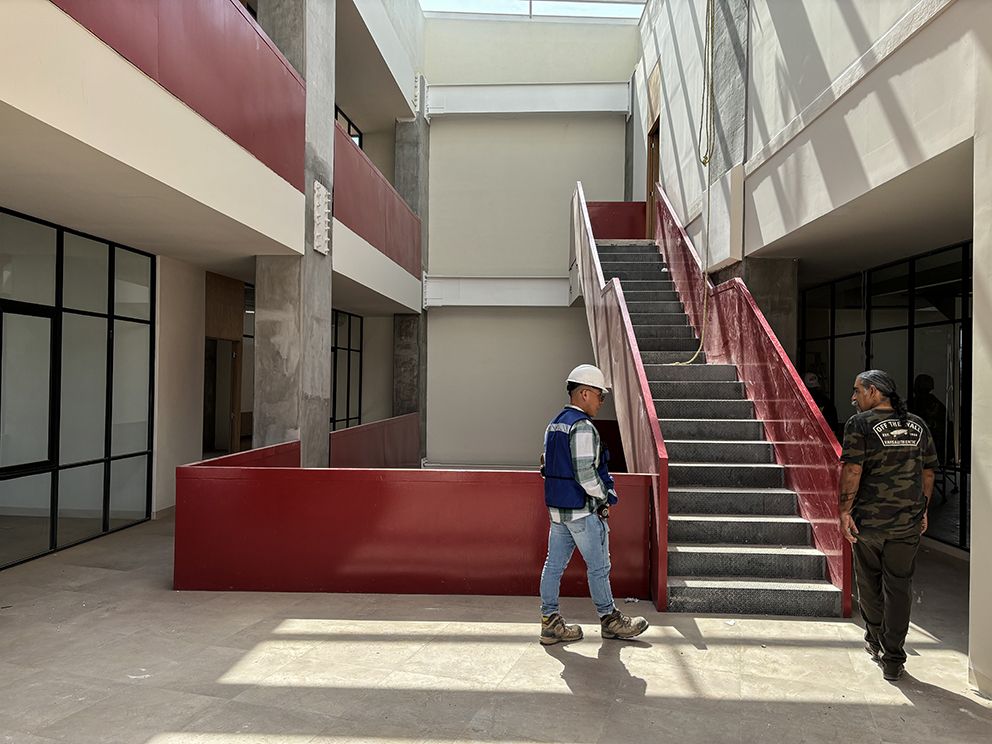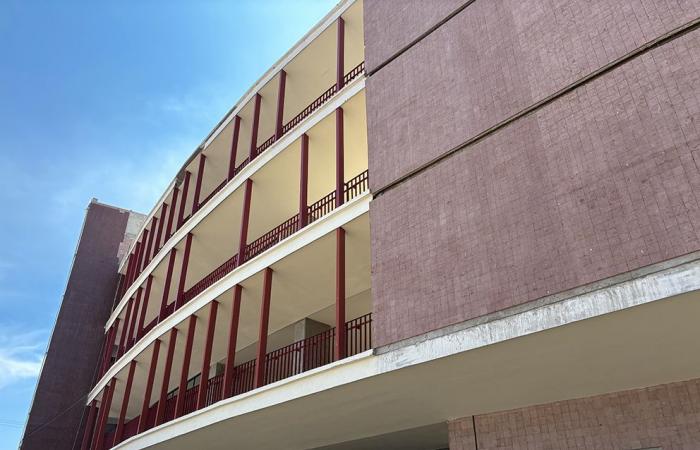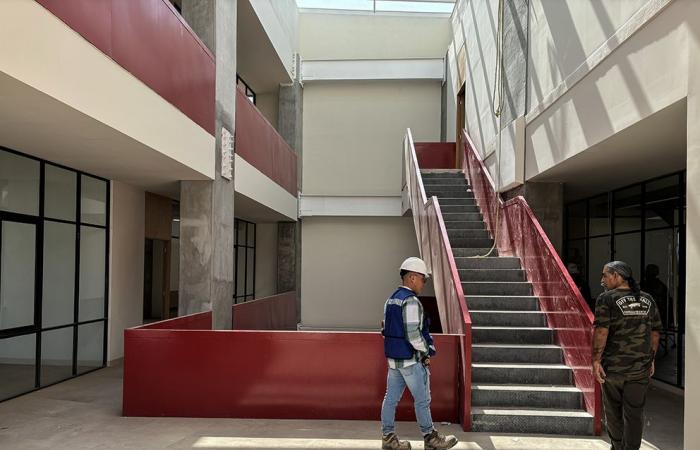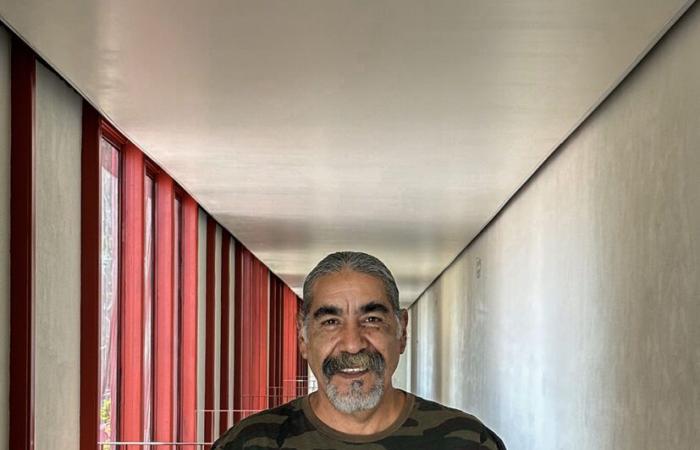Pohualizcalli is a film and photography school in Iztapalapa, unique in the country; It is a revolutionary project that transformed the way of learning an almost denied art for people with few resources.
By Duilio Rodríguez / X: @duiliorodriguez
Iztapalapa is a mayor’s office that is talked about a lot, unfortunately many times due to the stigmatization of its inhabitants, Iztapamata, Iztaparrata, Iztapasalsa, Iztapanaca, but there are many stories from this district that are worth knowing and that of Pohualizcalli is one of them.
For some time now and with increasing frequency we have been hearing about the cultural and social achievements of this area in the east of Mexico City, which has been belittled and accused of being violent.
Clara Brugada won the elections for head of government of Mexico City and left a good cultural and community legacy as mayor of Iztapalapa; access to the knowledge and practice of photography, film and visual arts, thousands of murals and orchestras.
In photography, it all began at the Fábrica de Artes y Oficios de Oriente (FARO) more than 17 years ago, where the renowned photographer Jesús Villaseca gave a photo workshop.
His work as a workshop leader and as a community worker caught the attention of Clara, who invited him to develop a new cultural project, – The Pohualizcalli film and photography school (House of Stories), which is unique in Mexico and probably in all of America.
For the project to work, it was proposed that it be free, that it have good facilities, equipment and good teachers, in addition to allowing entry to people of any age.
On August 31, 2020, the school started, the call for registrations surprised everyone and in a few days it was a success with 746 students enrolled online and in person.
Thus, Jesús Villaseca became the director and gave life to one of his most important community projects.
Villaseca assures that it is community-based because it is free, because there is no classism, racism, or discrimination and everyone is worth the same, it does not matter if you are rich, poor or poorer:
“We work to integrate our community, to rebuild the social fabric of our mayor’s office, which has indeed been one of the most forgotten mayor’s offices, the backyard of Mexico City,” Jesús tells me in a talk we had recently.
To the words of Jesús, I would add that it is a revolutionary project that transformed the way of learning something almost denied to people with few economic resources.
Photography is part of an everyday language, in a certain way easy to understand and that in its origins was exclusive to very few people who could do it due to its production and realization cost.
Now it is a little more accessible, but in some professional fields such as journalism or cinema it is still expensive or very expensive, because it requires high technical quality that is obtained from expensive equipment and the specialization of the filmmakers.
The school in Iztapalapa has everything you need to practice and learn.
In addition, it revolutionizes the way teachers relate to students, it is the only school where students do not have a grade, there teachers are graded.
Yes, renowned teachers in the film, photography, and performing arts industries are evaluated by the students. In the end, what they want is to learn from the best and for that reason they evaluate them.
Bringing the knowledge of photographic practice closer to historically marginalized places is a cultural revolution that is bearing fruit that reaches other countries.
Once again, the phrase “from Iztapalapa to the world” comes true, the school has students from 19 countries, France, Canada, Spain and a large part of Central and South America.
Two cooperatives have been formed by the students of Iztapalapa, one is a printing press that offers the printing of photographs or materials for exhibitions, books and t-shirts; the other is a producer to express a person’s last wishes, a kind of video-recorded cultural or spiritual inheritance for her family.
These cooperative companies are the product of the learning they obtained at school. There are also students who have worked on film projects with large production companies such as Netflix, Amazon, HBO and others.
The new school facilities


All of this that is taught in the Utopia Papalotl facilities will now be made possible in a new space that will open in approximately a month. The new headquarters will be able to accept 4,600 people, more than double what they can accept now.
The place is almost finished, it is located in the center of Iztapalapa in front of the cathedral, in this space there will be a room for 500 people, post-production laboratories, three multi-purpose forums and many other essential things for the teaching and practice of cinema and photography.
At the Pohualizcalli school, 44 workshops are taught, 13 of which are still photography: initiation to photography, ancient techniques, intermediate photography, artistic photography, forensic photography, documentary photography, photojournalism, product photography, photography of social events, photography for children.
The other classes are for film and performing arts: scriptwriting, filmmaking, post-production, color correction, four acting workshops, alternative lighting, sound design, history of world cinema, film analysis and criticism.
In another context of culture, there are the artists who paint murals that rescue the identity of the community, there are more than 11 thousand in the streets of neighborhoods, towns, cablebus lines, metrobus and rooftops of the mayor’s office.
Thus, in community and with the desire to bring culture and education closer, Iztapalapa bears fruit that will soon multiply with the new school.
If you want to know more about school registration, follow this link https://www.pohualizcalli.org/

Editor and documentary, portrait, multimedia and video photographer. Twice winner of the National Photography Award Faces of Discrimination.










